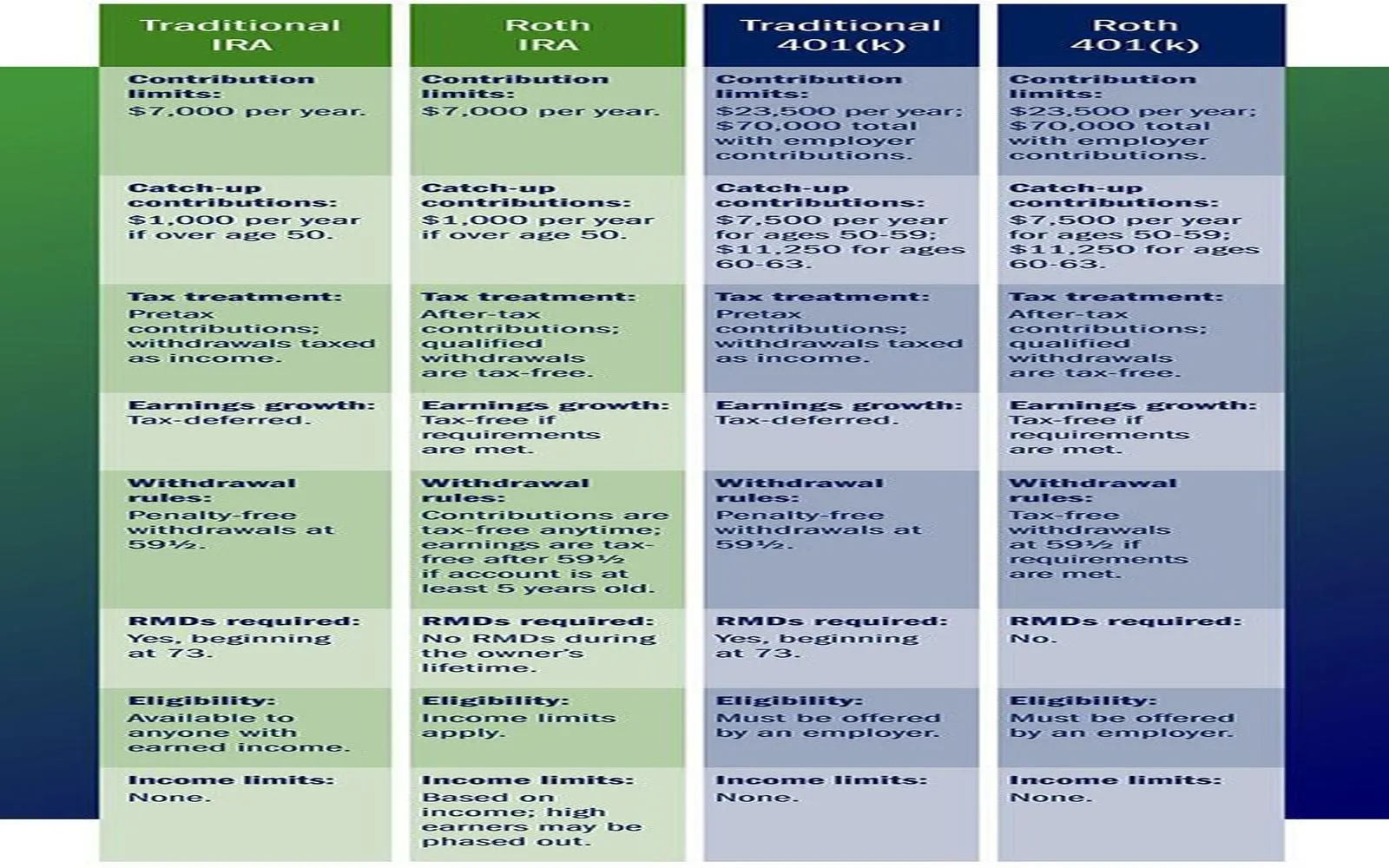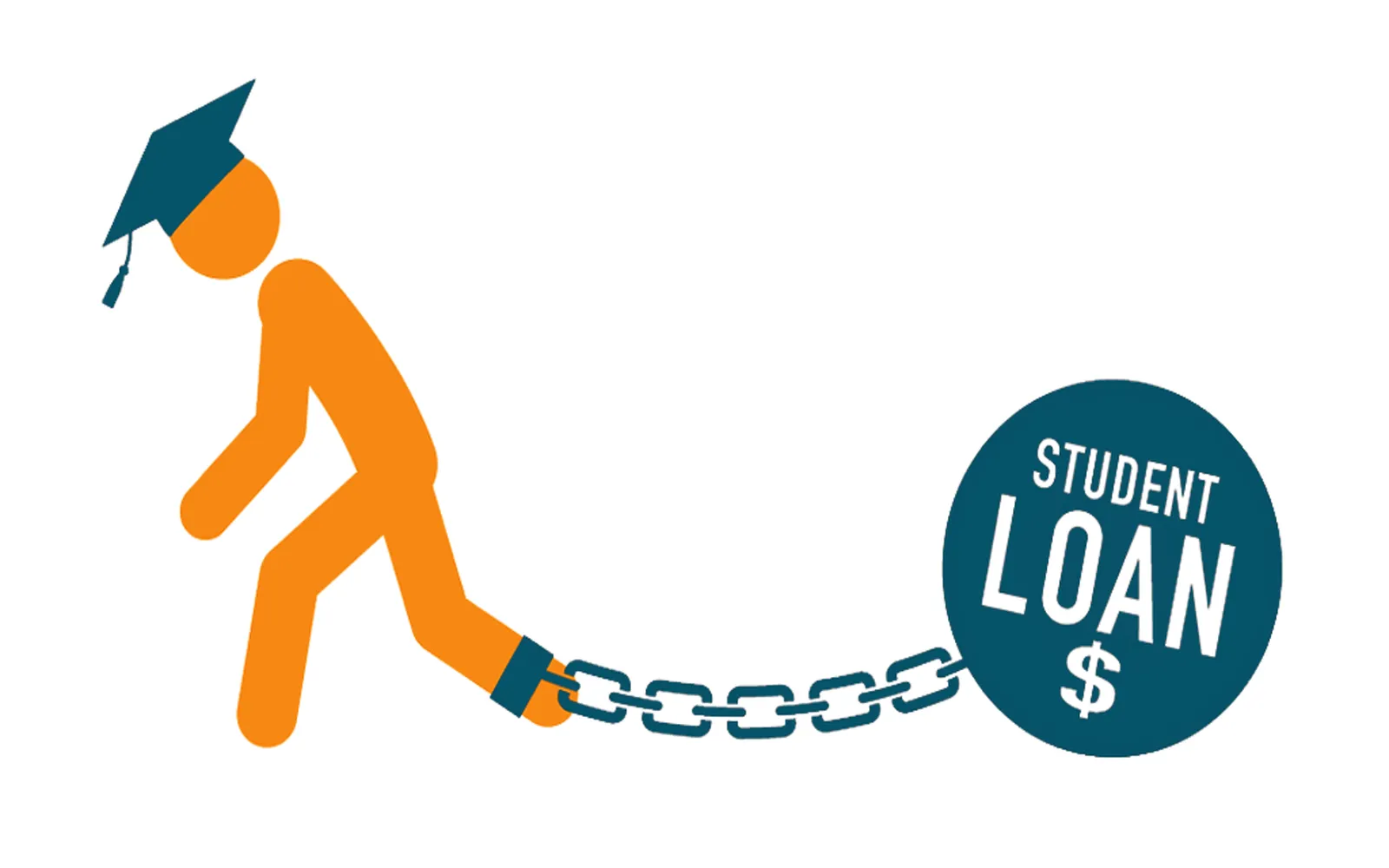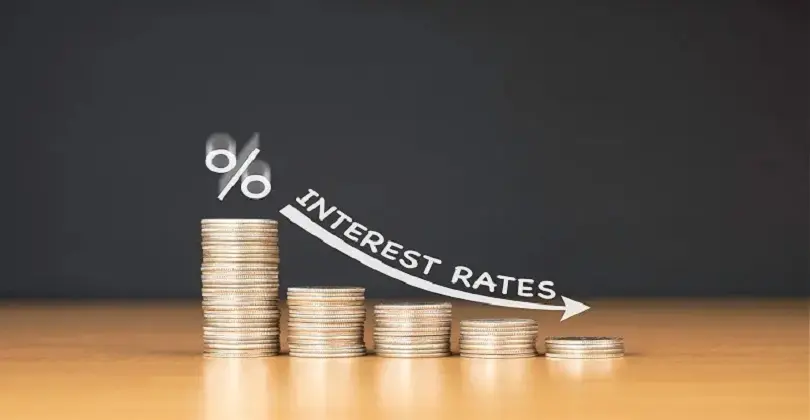When it comes to financing your education, understanding the differences between federal student loans and private student loans is crucial. Each type of loan has its own set of benefits and drawbacks, which can significantly impact your financial future. Below, we’ll explore the key differences, helping you make an informed decision regarding your education financing options.
Interest Rates
One of the most significant differences between federal and private student loans is the interest rate. Federal student loans typically offer fixed interest rates that are often lower than those of private loans. The rates for federal loans are set by Congress and can change annually, but they remain predictable for the life of the loan. In contrast, private loans, which are provided by banks or other financial institutions, can have fixed or variable interest rates that can fluctuate based on the lender’s policies and your creditworthiness.
Loan Types and Availability
Federal student loans have various types, including Direct Subsidized Loans, Direct Unsubsidized Loans, and PLUS Loans, each catering to different student needs. Subsidized loans are particularly beneficial because the government pays the interest while you are in school. On the other hand, private loans generally come in a more limited variety, often focused on the amount borrowed and repayment terms, without the specific borrower protections that federal loans offer.
Repayment Options
When it comes to repayment, federal student loans provide more flexible options. They offer income-driven repayment plans, which adjust your monthly payments based on your income and family size. Additionally, federal loans may offer loan forgiveness programs for certain professions, such as public service. Conversely, private student loans typically offer fewer repayment options and may not provide income-driven plans or forgiveness options. This lack of flexibility can be a crucial factor to consider when selecting your loan.
Loan Forgiveness
Many borrowers are drawn to the potential for loan forgiveness that comes with federal student loans. Programs such as Public Service Loan Forgiveness (PSLF) can cancel your remaining debt after you make 120 qualifying payments while working for a qualifying employer. Private loans, however, do not typically offer any forgiveness options, which can leave you with a sizable debt burden after graduation.
Credit Requirements
Federal student loans are available to any eligible student regardless of credit history, making them an accessible option for those who may not have established credit. In contrast, private lenders assess your creditworthiness, which means that students with poor or no credit history may struggle to qualify for a loan or may be offered less favorable terms. This makes federal loans a safer choice for many students, especially those who are just starting to build their credit profiles.
Chart: Federal vs. Private Student Loans
| Feature | Federal Student Loans | Private Student Loans |
|---|---|---|
| Interest Rates | Fixed rates set by Congress | Variable or fixed rates based on credit |
| Loan Types | Multiple types (Subsidized, Unsubsidized, PLUS) | Limited variety, typically based on amount |
| Repayment Options | Flexible, including income-driven plans | Limited options, typically fixed payments |
| Loan Forgiveness | Available (e.g., PSLF) | Not available |
| Credit Requirements | No credit check required | Credit check required; may need a co-signer |
Which Option Should You Choose?
The decision between federal and private student loans largely depends on your individual circumstances. If you prioritize lower interest rates, flexible repayment options, and the potential for loan forgiveness, federal student loans are likely the better choice. They are designed to support students through their education and into their careers.
However, if you have exhausted federal loan options and still need additional funds, or if you possess strong credit and can secure a low-interest private loan, private loans may be worth considering. Just be sure to thoroughly research lenders and understand the terms before committing.
Final Thoughts
In conclusion, the choice between federal and private student loans should be made after careful consideration of your financial situation, credit history, and long-term career goals. Always prioritize federal loans when possible, as they provide benefits and protections that private loans cannot match. Take your time to evaluate all your options and choose the path that aligns best with your educational and financial objectives.









